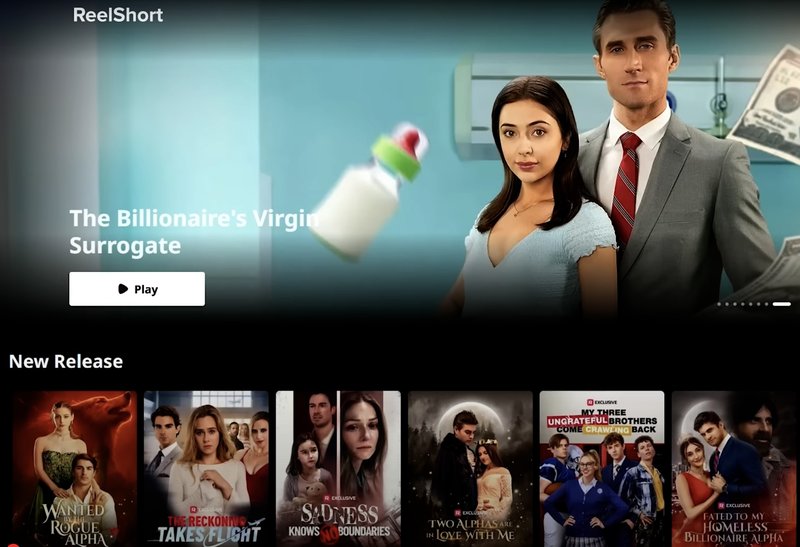
Chinese Micro-Drama Apps Quietly Infiltrate American Screens—A Cultural Trojan Horse?
A new form of digital entertainment—Chinese micro-dramas (micro-dramas)—is quietly taking the U.S. by storm. With names like ReelShort, DramaBox, and GoodShort, these apps are flooding the American market with bite-sized, emotionally charged drama series that are as addictive as they are controversial. But beneath the surface of billionaire romances and vampire love triangles lies a larger, more complex issue: a stealthy expansion of Chinese cultural influence into American digital life.
Originating from China around 2018, micro-dramas are ultra-short episodic videos, each lasting 90 to 120 seconds. They rely heavily on melodrama, fast pacing, and shock value, rather than acting quality or cinematic aesthetics. Shows like The Double Life of My Billionaire Husband have racked up over 400 million views, and in 2025, micro-drama apps surpassed 10 million downloads in the U.S. alone, with a 300% increase in monthly active users.
Unlike traditional TV, these dramas are vertically shot, optimized for mobile, and strategically engineered for short attention spans. In seconds, viewers are hooked by plot twists like, “You don’t even know who I really am!”—followed by a cliffhanger that compels them to keep watching.
China’s micro-drama sector reached nearly $7 billion USD in 2024, surpassing the country’s box office revenue. With the U.S. market now accounting for 60% of global app revenue, it’s clear that this is no passing trend. Chinese content platforms see America not just as a business opportunity, but as the ultimate gateway for exporting Chinese digital culture worldwide.
Behind the explosive growth lies a calculated strategy: low production costs, high output, and algorithm-driven storytelling. Micro-dramas are produced for a fraction of the cost of American TV shows—some as low as $300,000 per series—but are tailored using user data to maximize retention and monetization.
The real power of micro-dramas isn’t just in the stories—they lie in behavioral engineering. These apps are data-driven to the core, analyzing watch time, skip rates, and emotional responses to adapt content in real-time. Combined with clickbait marketing tactics, they drive users into binge-watching loops, extracting time, money, and attention.
Users are lured in with several episodes for free, then prompted to pay or watch ads to unlock more. The strategy is eerily similar to mobile gaming monetization—hook first, charge later.
At first glance, these apps may seem like harmless digital entertainment. But beneath the addictive storytelling lies a mass export of ideologically shallow, hyper-dramatized narratives rooted in Chinese storytelling formulas. These include outdated tropes like “CEO falls for maid”, “virgin surrogates”, or “female humiliation for love redemption.” Not only do these reinforce regressive gender roles, they normalize values and social structures embedded in state-influenced Chinese media, bypassing traditional filters like broadcast standards or public scrutiny.
Most concerning, however, is the direct access Chinese platforms now have to American user data, emotional behavior, and spending habits. With China’s tech industry already under scrutiny for surveillance and privacy concerns, the rise of micro-drama apps could be seen as a soft-power extension of influence through entertainment.
This isn’t about entertainment vs. art. It’s about digital sovereignty and cultural integrity. Micro-dramas represent a new vector of influence—designed in China, distributed globally, monetized locally, and optimized to reshape how people think, feel, and spend their time.
If left unchecked, we risk becoming passive consumers of algorithmic emotional manipulation crafted overseas, often with little regard for values like diversity, equality, or critical thinking. It’s not just about bad taste—it’s about ceding control of our cultural ecosystem.
As these apps grow, American tech, policy, and cultural watchdogs must ask: Who controls the content shaping our next generation—and what’s the price of letting it slide?